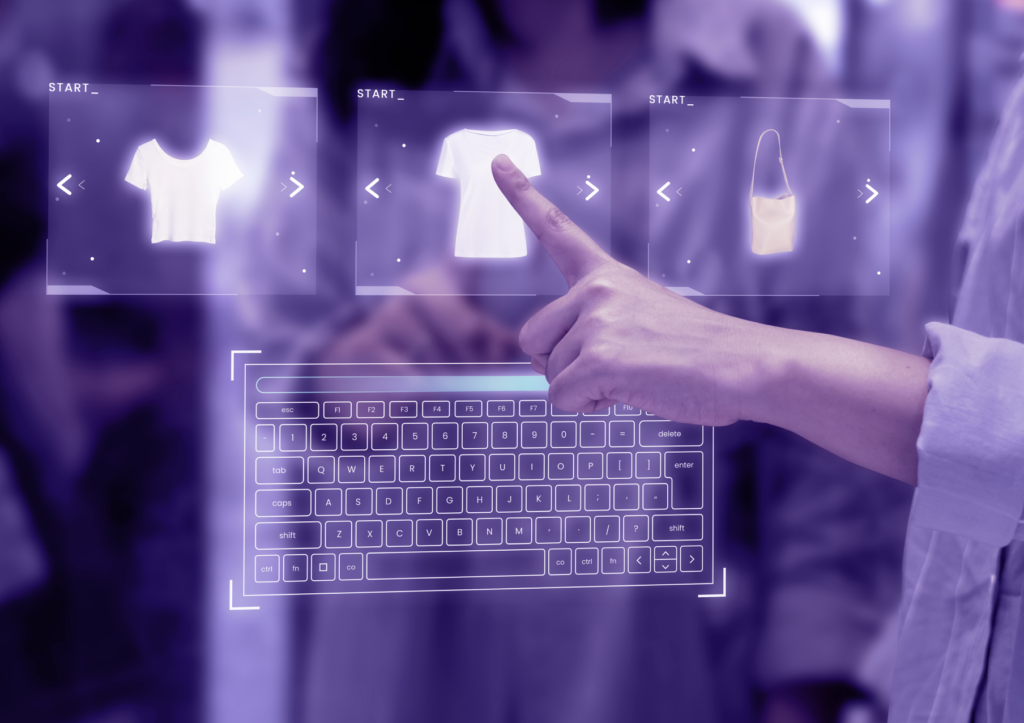For a long time, the Information Technology (IT) area in retail was treated as an operational and structuring area. Much of what was done using spreadsheets was updated with the implementation of ERPs, integrating the various areas of the company, such as the accounting, financial, HR, purchasing, sales, and inventory sectors, among others. This made the work much easier and gave greater reliability to the data since it automated, structured, and streamlined many information transfer processes, reduced the so-called “human error” by manually entering data, and facilitated access to updated information from virtually the entire company.
Until then, the role of technology was to automate processes, but it did not act directly on the core business of the business. With the advent of the global pandemic, companies had to rush to adapt to the new reality, which included the search for productivity improvements to maintain competitiveness and the growth of e-commerce, which demanded the evolution of support solutions as never before. . Big Data, business intelligence, machine learning, learning algorithms, artificial intelligence, among others, are no longer terms of the future or trends presented in the NRF, they are already a reality in companies of all sizes. In the blink of an eye, IT is no longer an operational area of BackOffice and has established itself as super strategic necessity? for organizations. This requires professionals with better training and the ability to understand the company’s business in-depth, interact with other areas, and propose innovative solutions.
Today, retail companies that do not advance to the strategic use of information technology in their businesses run serious risks of losing market share to the critical point of making the enterprise unfeasible. The entry into operation very soon, of 5G networks, for example, promises to be a new technological boom, which will enable the use of an immense series of new and powerful technologies, enabling the very intensive use of sensors (IoT) and real-time data capture, in addition to boosting the possibilities of using cloud computing. To give you an idea, 5G technology will enable a flow of information 100 times greater do you mean greater or faster? than the 4G technology currently in use.
This incredible progress in the flow of information, increasingly faster, will enable the same advanced intelligent applications, fundamental to transforming a multitude of dispersed data into knowledge and insights to leverage the business. If e-commerce, omnichannel, and on-always were enough to raise the level of IT within the structure of retail companies, new technologies can provide the customer with an immersive experience, such as virtual reality, Metaverse, sales actions in real-time through interactive videos, dynamic pricing, facial recognition, automated supply of POSs according to local demand trends, among many other possibilities, will surely increase the strategic importance of IT.
Companies that today are already in technological lag must be aware of the changes that are on the horizon and that will continue to evolve with the increasingly accelerated advance of technology. IT must also prepare the company to facilitate the connection of its technological structure with a series of intelligent solutions that will arrive, in increasing numbers, to optimize and develop the business, in addition to providing new experiences to the consumer. . Whoever neglects this or leaves it for later, may have to suffer significant market losses and will have to pay, in addition to the costs of technological updating, with heavy investments in marketing to try to recover the ground that was lost. The struggle to fit your organization to the new technological order and meet demands that suddenly emerge requires the IT sector to assume a priority position as the locomotive of prosperity.
